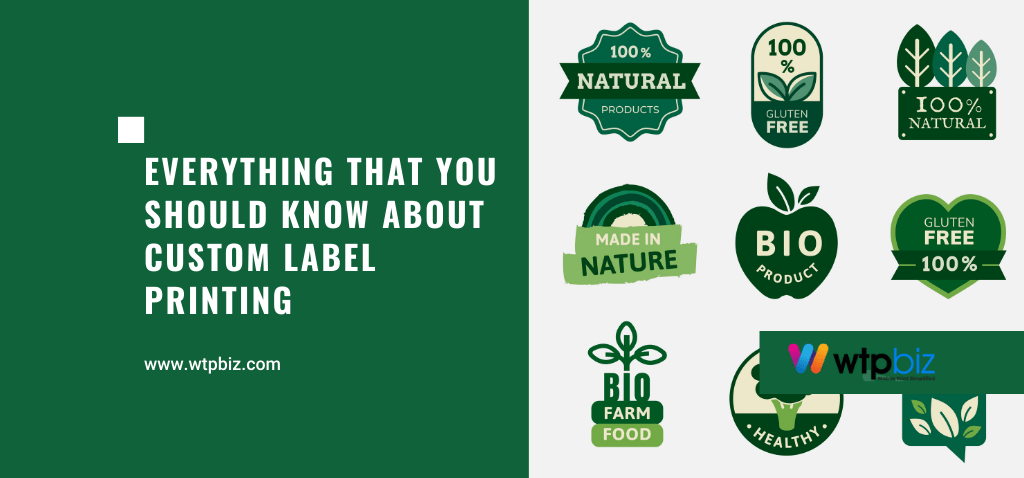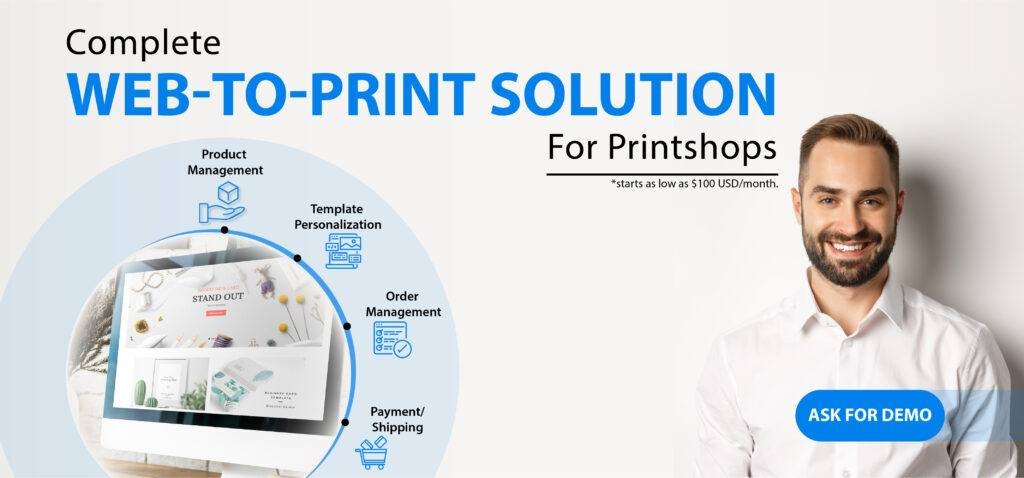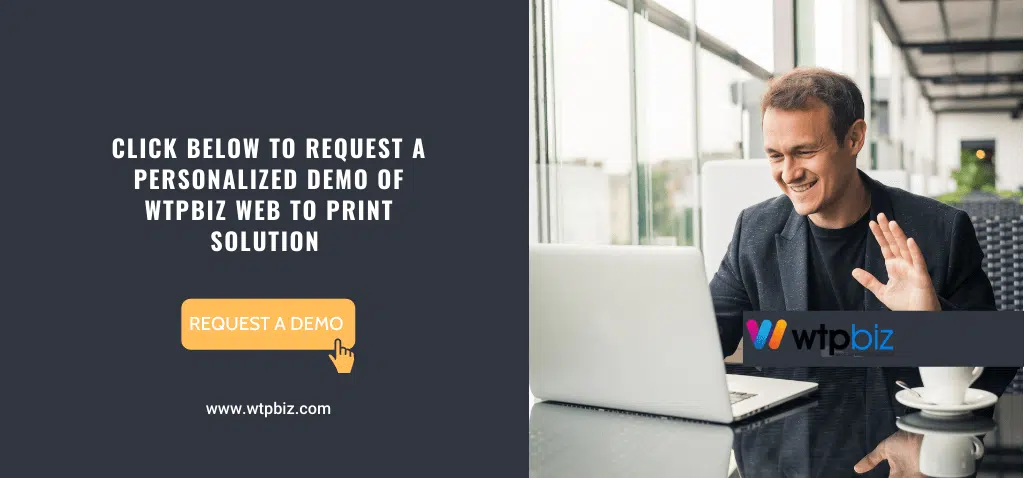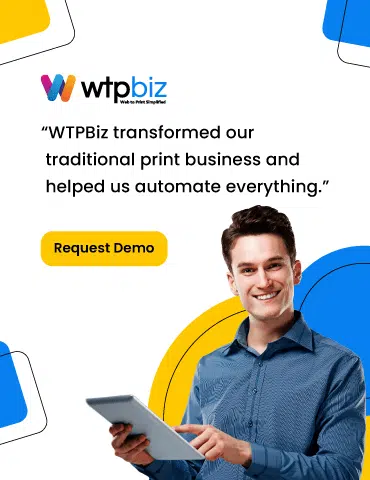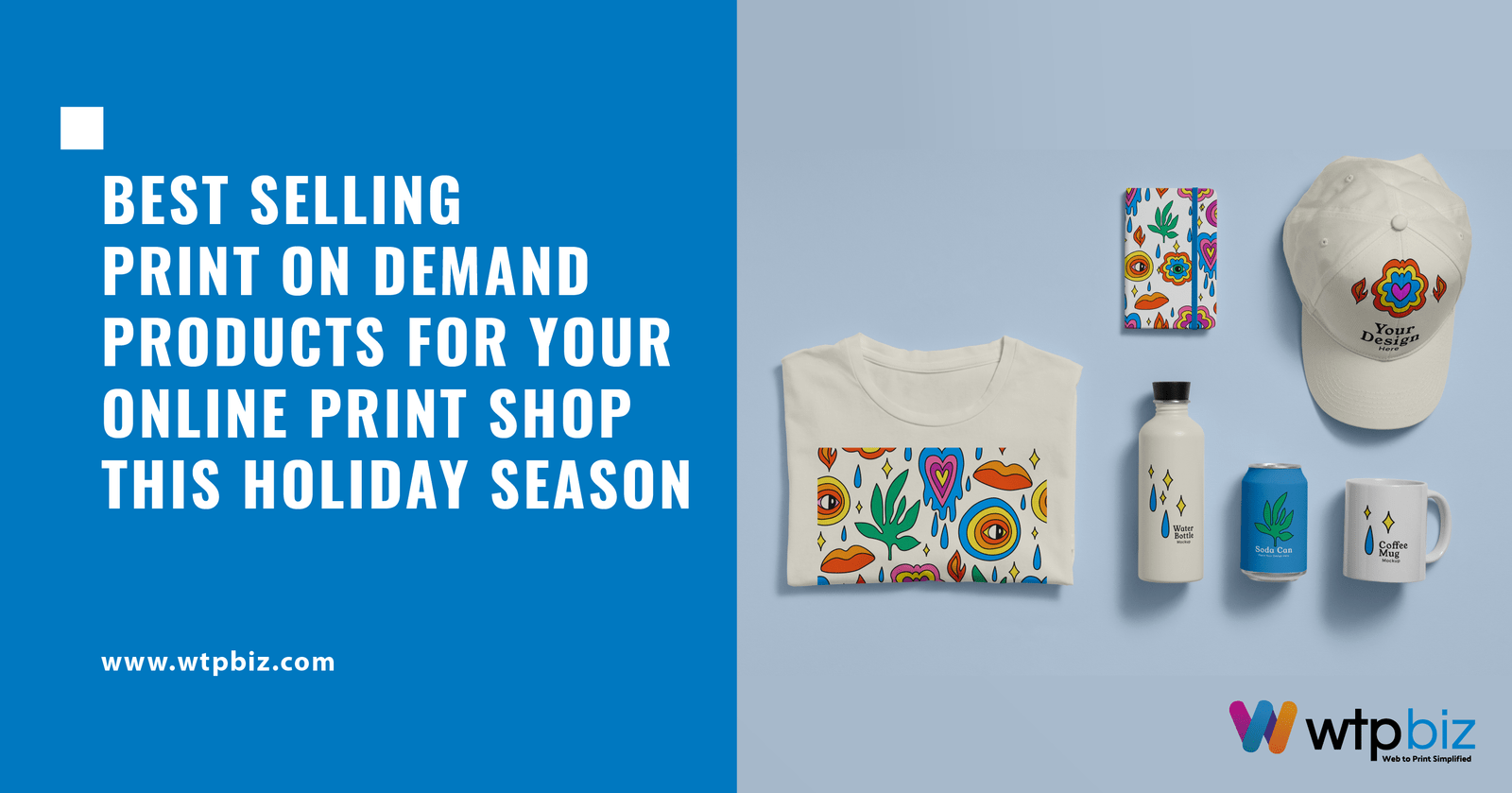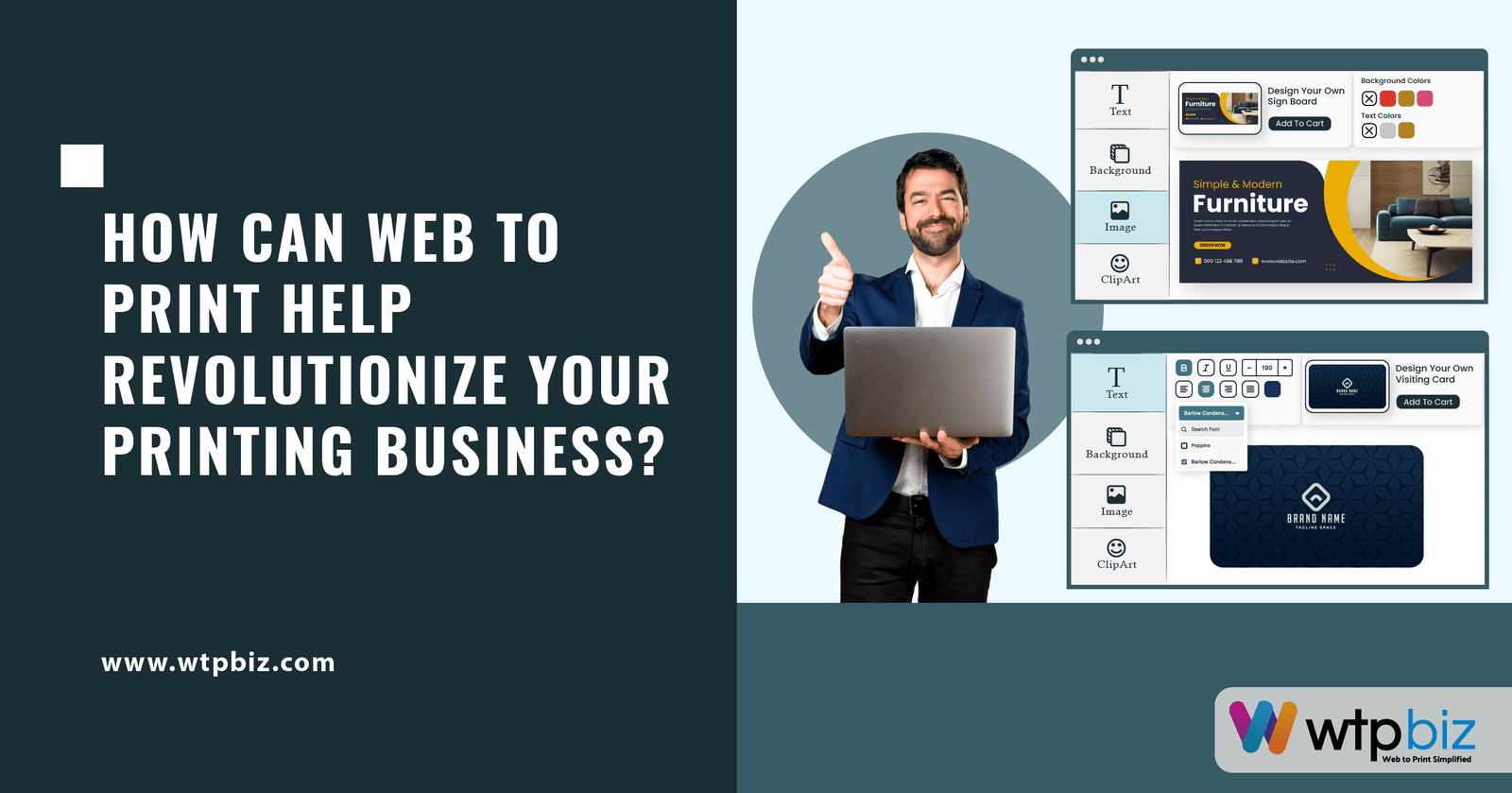Everything That You Should Know About Custom Label Printing
Custom labels are known to be a versatile medium that contributes to serving several important purposes. These are used in a wide range of industries particularly for a variety of applications.
However, these are very popular whenever it comes to promoting businesses. So, it is mainly utilized for branding purposes.
In a vast majority of cases, labels are regarded as the first point of contact of your customer with your brand. This is the main reason why the labels should necessarily be appealing.
Small companies who want to stand out from the competition should focus on investing in custom labels. For example, beverages, food items, and toiletries can appear much more attractive with custom bottle labels, food labels as well as wine labels.
One can again focus on ordering custom labels for personal use, like name tags as well as envelope seals.
If you are looking forward to printing custom labels for your brand, then this comprehensive guide will prove to be very useful for you. Here, we will uncover several important aspects regarding custom label printing.
Before printing bespoke labels, there are certain things to think about. While matching the label type to the application can seem to be confusing initially, however, it is considerably easier than it appears.
What Should You Know At The Time Of Selecting Custom Labels?
When it comes to choosing bespoke labels, here are given some of the most important things that you should keep in your mind:
Labels Formats
- Cut-To-Size Labels — These labels are exclusively cut as well as printed on crack-and-peel stock for making their application simpler.
- Roll Labels — Labels that are generally printed on a very long sheet and after that, wrapped onto a core are known as roll labels. These particular labels can be ordered in a wide range of paper shapes as well as stocks.
Cut-To-Size Label Stocks
- 70 lb. Matte, Gloss, As Well As UV Labels — It is regarded as the most common type of paper that is specifically utilized for cut-to-size labels. In this case, 70 lb. paper comes with the availability of a non-reflective matte, high gloss (UV), or gloss finish.
Although it is a durable option to choose from, these are not known to be weatherproof. So, it is generally recommended for indoor usage.
- 4 mil. White Vinyl High Gloss Or UV — This type of paper is 4 mil. thick and possesses a shiny finish. 4 mil. white vinyl high gloss, unlike 70 lb., custom label sheet is considered to be weatherproof and so, one can easily use these indoors.
Roll Label Stocks
Paper
- White Premium Sticker Paper — It is regarded as the most common as well as the widely used type of paper that is used specifically for roll labels.
This particular paper type has a semi-gloss finish that lends it water as well as oil resistance. It is an ideal option that you can focus on using for indoor label applications.
Film Or Plastic (Outdoor Or Indoor)
- Clear Or White BOPP — Talking about the BOPP labels, these are film or plastic-type custom labels that are known for their moisture, oil as well as water resistance properties.
Clear BOPP labels contribute to providing a transparent look to the labels, whilst white BOPP labels have a matte or gloss finish.
- Silver Metallic BOPP — This is a kind of paper that possesses a silver finish which makes any of the colors appear metallic. Again, this silver BOPP is resistant to oil, water, as well as moisture.
Textured Paper
- White Laid Texture – Estate # 4
- White Vellum Texture – Estate # 8
- Cream Laid Texture – Estate # 9
These kinds of paper are not coated which makes them an extremely great option for writing on. But, for excellent results, you should focus on making use of a Sharpie.
For wine bottles, product labels as well as food packaging, this is considered to be the most preferred option.
More Information About Custom Labels
Product labels serve diverse purposes depending on who is the interested party e.g., supplier vs. customer.
These allow product manufacturers as well as distributors to distinguish between various things within a line, communicate product information, and promote their company’s brand to customers.
However, the way a label is designed as well as manufactured has a big impact on how well it performs the aforementioned tasks. This is considered to be the main reason why many businesses employ bespoke labels while marketing and manufacturing their products.
Custom labels make it easier for customers to identify a product as well as its critical information. These also enable industry experts to tailor the packaging of a particular product such as the textures, graphics and finishes to suit the aesthetic of their brand.
While personalized labels are used in a wide variety of sectors, which includes cosmetics, personal care products, craft beers, and cannabis, ensuring that they stand out in the marketplace typically involves partnering with a competent and experienced service provider with exceptional graphic services.
In the upcoming section, we will focus on talking about custom labels, how to print label, how to make these standout, and a lot more.
So, let’s get started with our discussion.
Important Design Considerations To Keep In Mind When Creating Custom Labels
Whenever it comes to designing bespoke labels for products, there is no one-size-fits-all format that will guarantee that the products catch the attention of customers.
There are, however, a lot of design elements to consider that make a label more appealing as well as compelling, both online and in-store. The following are some of the design considerations to bear in mind:
- Material
Selecting a material for a label is the first and foremost step whenever it comes to designing a label. The chosen material helps a lot in setting a tone as well as limitations for all other design elements.
For instance, transparent material plays a very important role in highlighting the internal contents of a product.
On the other hand, an opaque white material tends to provide a lot of design freedom as it can be either left as it is for texts and graphics or can be colored. To achieve the best outcomes, you should consider opting for the assistance of a reliable web to print shop.
- Color
Color is another most important consideration that you need to focus on. The choice of color can effectively draw attention to a particular product, boosting the likelihood of a customer picking it up.
Furthermore, label colors that contrast with those of competing products make it simple for customers to distinguish a particular product on a web page or a retail shelf.
It’s crucial to think about the complete package while picking a color. The label’s colors should complement the colors of the packaging as well as the contents of the product.
Otherwise, the overall appearance of the product can be compromised. Ultimately, people will find your product to be less visually appealing.
- Graphics
Just like the color, the graphics also play a very important role. Graphics is something that can contribute to having a big impact on the label’s overall efficacy. Visually attractive graphics draw more customer attention.
If you focus on designing the graphics well, these can effectively reduce the amount of text that is needed to convey the essential brand and product information. Thereby, it ultimately results in a more polished as well as streamlined label design.
- Typeface Or Font
The typeface that is specifically selected for a label is very important. It must attract customers’ attention without sacrificing readability.
You should avoid both extremely common typefaces as well as highly ornamental fonts when choosing one. Again, you should focus on investing in a bespoke typeface that matches the aesthetic taste of your brand.
- Finish
The finish of a label is largely dependent on the taste of your organization. It also depends on the effect that you wish to achieve.
Both matte, as well as glossy finishes, have their own set of advantages. A glossy finish’s reflective and shiny appearance adds impact, whilst a matte finish’s subdued look creates a simpler and more classic look.
- Size
The size of a product label should effectively correspond with other aspects of the packaging of the product.
It includes the shape as well as the size of the packaging container. For instance, you can focus on making use of either individual smaller labels or a single wraparound label for the back and front sides. It is considered to be a preferable option, particularly for large round containers.
Regardless of which particular option you select, it’s critical to have the branding information that is centered in the front, since it’s what attracts customers’ attention towards your product.
- Shape
Consumers notice the shape of a label along with the graphics, color as well as text font. Labels with unusual and fascinating shapes are more identifiable and memorable.
Alternatively, you can make use of the color to replicate the effect of a custom-shaped label. So, you would be able to achieve this particular thing by printing the shape on clear material.
- Theme
Labels with consistent design themes should be used for product lines with multiple variants, such as distinct flavors. While each of the labels should identify the variation clearly, it is very much easy for the customer to recognize every variation that belongs to the same line.
- Contact Information
Labels tend to serve a wide variety of purposes. So, these are known to be multi-functional. Along with attracting the attention of customers, these contribute to serving as a method of putting your brand out there.
You should focus on capitalizing on the advertising space that is provided by the product labels by adding contact info. It includes a website link or phone number that enables customers to reach you directly whenever they wish to.
Most Important Processes Used For Creating High-Quality Custom Labels
Labels are created using a wide variety of processes by industry professionals.
Here, we will discuss some of the most commonly used methods that you can use for creating custom labels of high quality:
- Flexographic Printing
Flexographic printing is known to be a high-speed rotary printing technique that employs a flexible printing plate for transferring ink, including pastels, metallics, as well as opaque whites to a wide variety of substrates.
It offers efficient and fast printing including for large swathes of color as well as on non-porous materials in low to high volume production runs.
- Digital Printing
The process of digital printing provides greater accuracy as well as precision, with lower costs and shorter lead times, when compared to conventional printing methods. It employs digital software as well as printing equipment for producing high-resolution images and text.
Since it does not require traditional printing plates and physical ink and so, it comes with reduced labor costs and material.
- Extended Content Label Production
Extended content labels are generally used for those products that have a large amount of information to be communicated to customers, such as pharma products.
These again feature multiple layers, offering a larger surface area on which the graphics, as well as text, can be printed.
- Embellishment
You would be able to customize your label further with the help of embellishment operations. This process helps to effectively improve its effectiveness.
For instance, you can focus on laminating the label for increasing its longevity and durability along with adding finishes and textures which helps it to stand out.
Linen, leather, as well as soft-touch or silky, are some best examples of it.
- Thermal, Laser And Dot Matrix Printing
Some of the applications need labels with variable info, which means that each label has information that differs from the other label in the roll. In this type of situation, laser printing, thermal printing, as well as dot-matrix printing all are known to be excellent solutions.
These particular processes tend to accommodate as well as apply various ink colors to particular areas of a label. It allows for the info to be added as required.
Having a design file for your label ready, irrespective of the kind of label manufacturing process used, greatly simplifies production operations and guarantees that the finished product meets your precise requirements.
Final Verdict
After reading this particular guide, I am sure you have got a very good idea about the custom labels and also their printing methods.
If you are coming across any sorts of difficulties with the printing process, then all that you need is to opt for the assistance of a professional web to print service provider who is involved in providing label printing service as per your unique needs.
